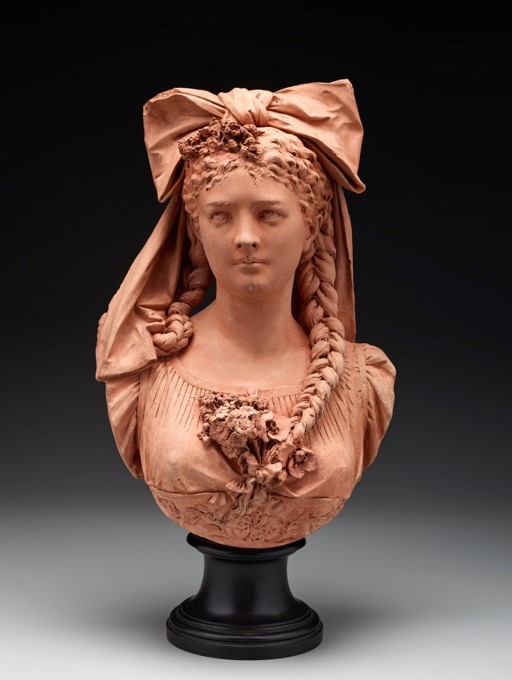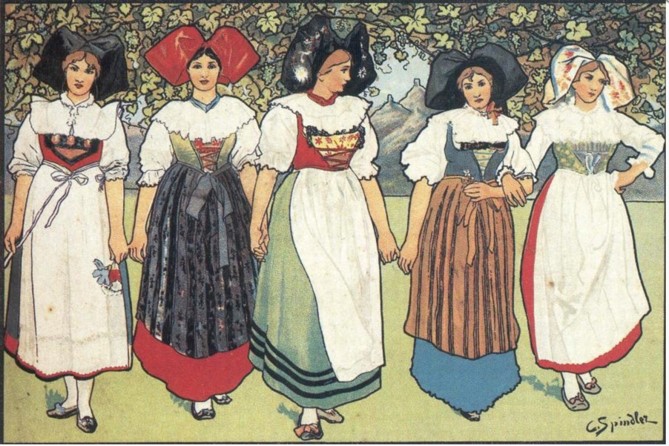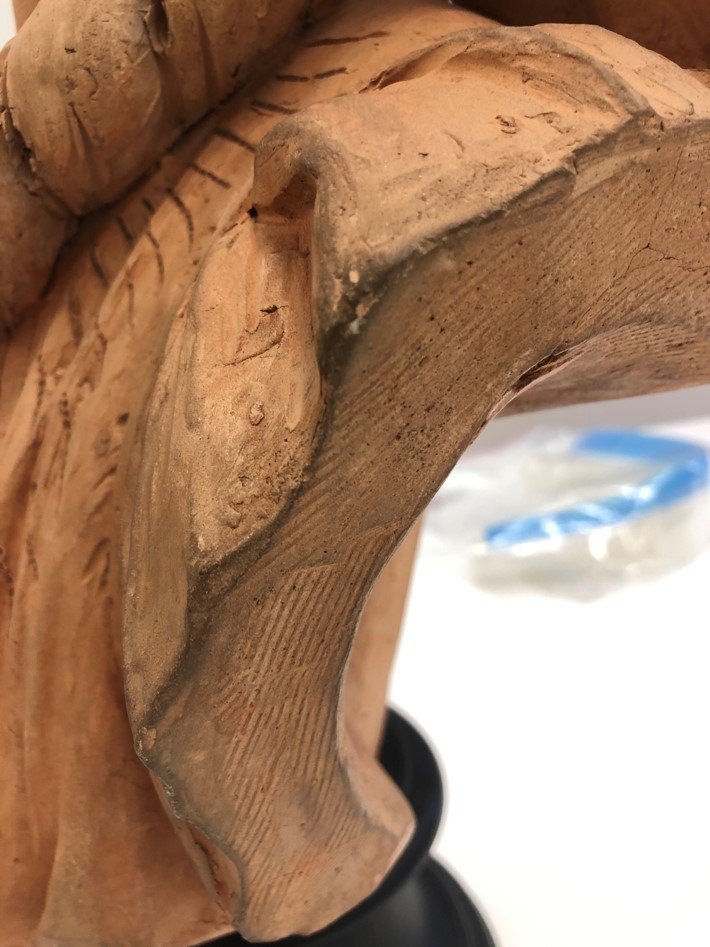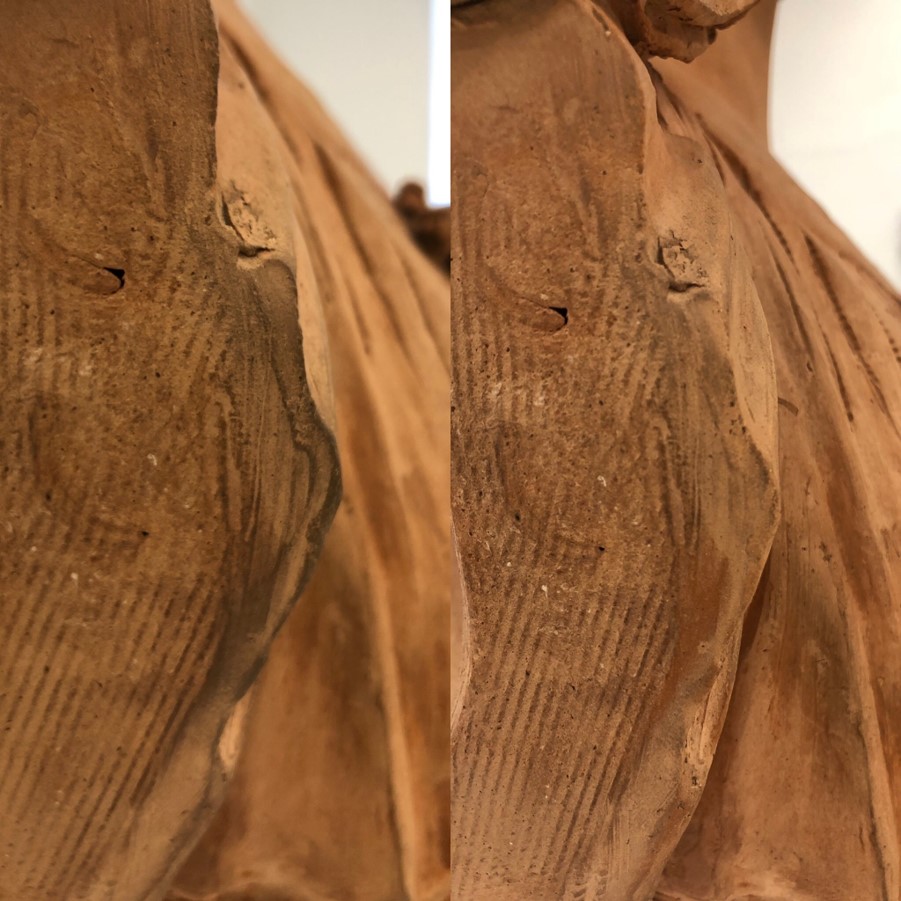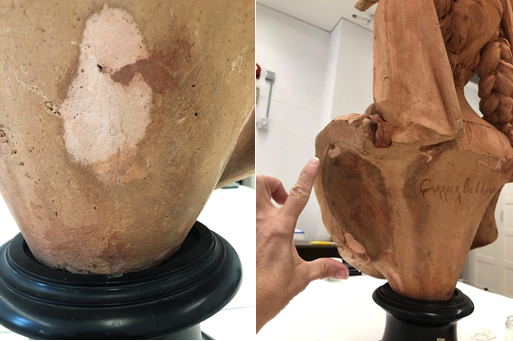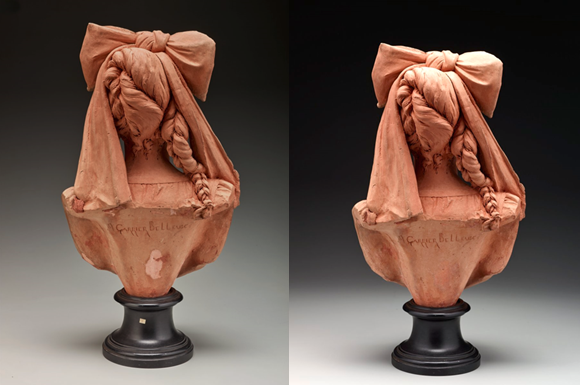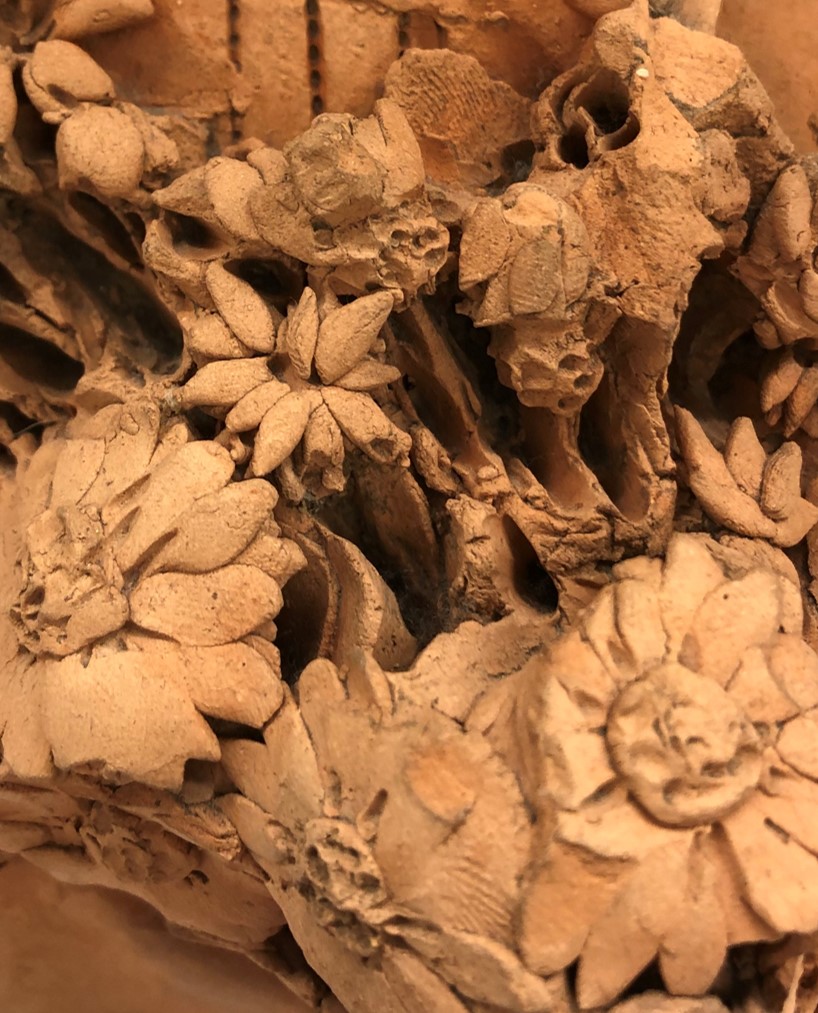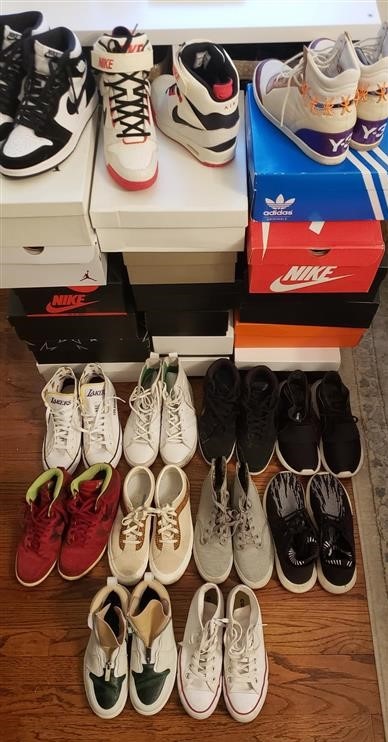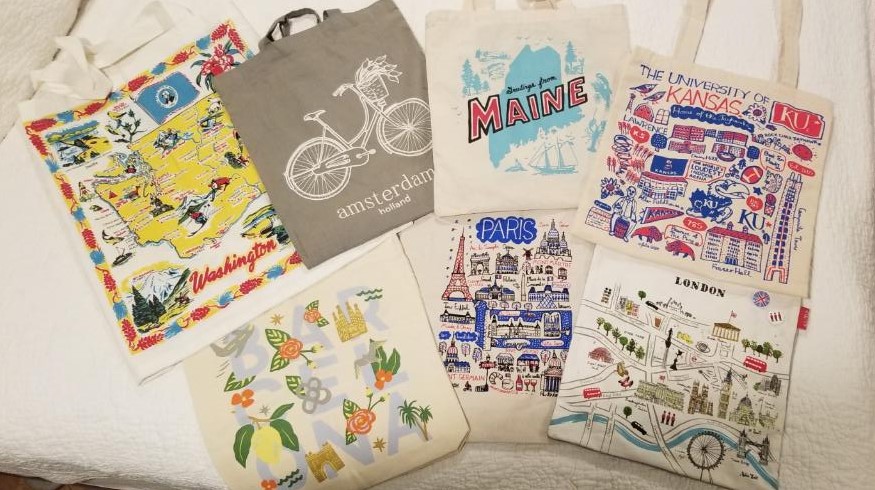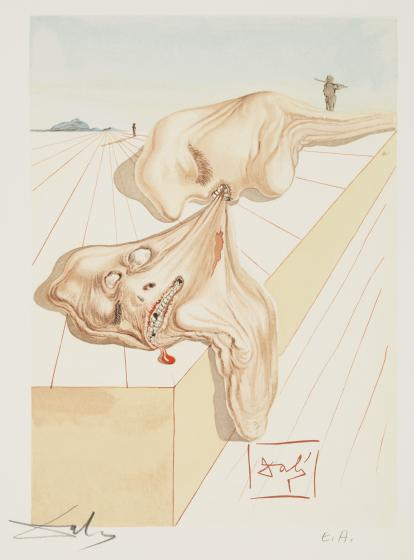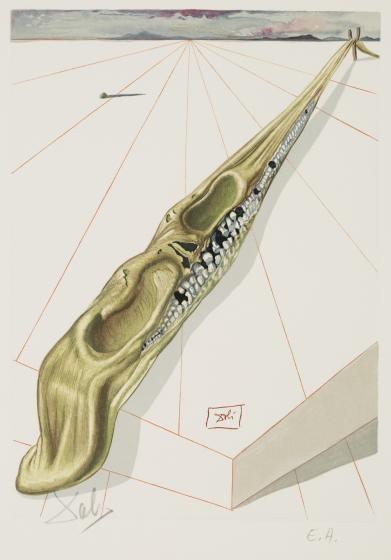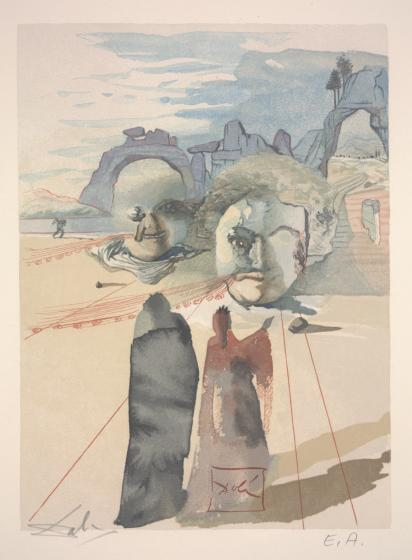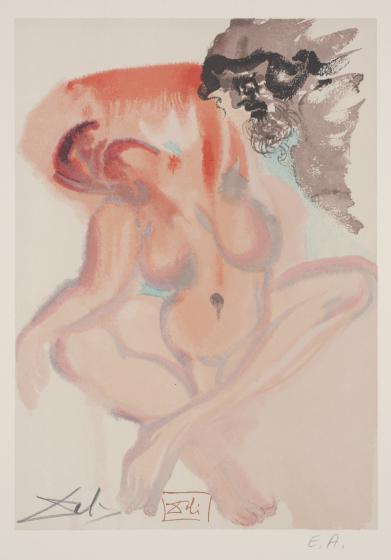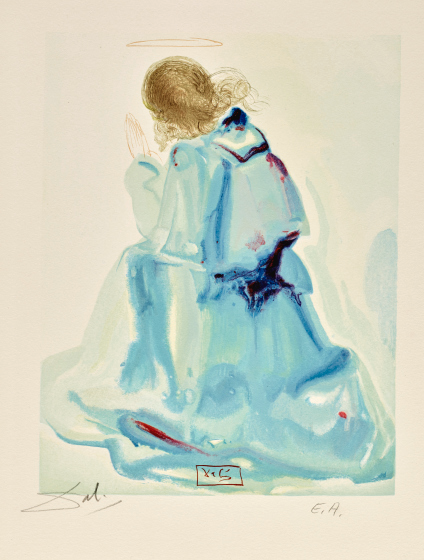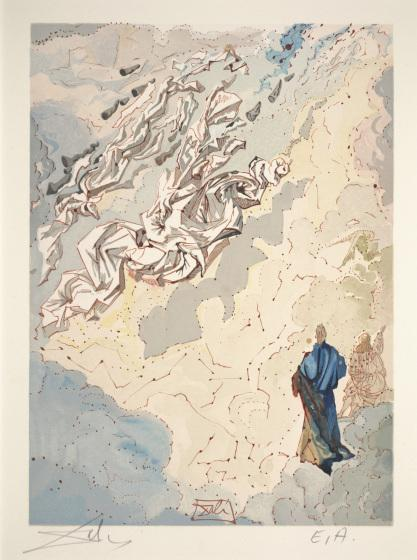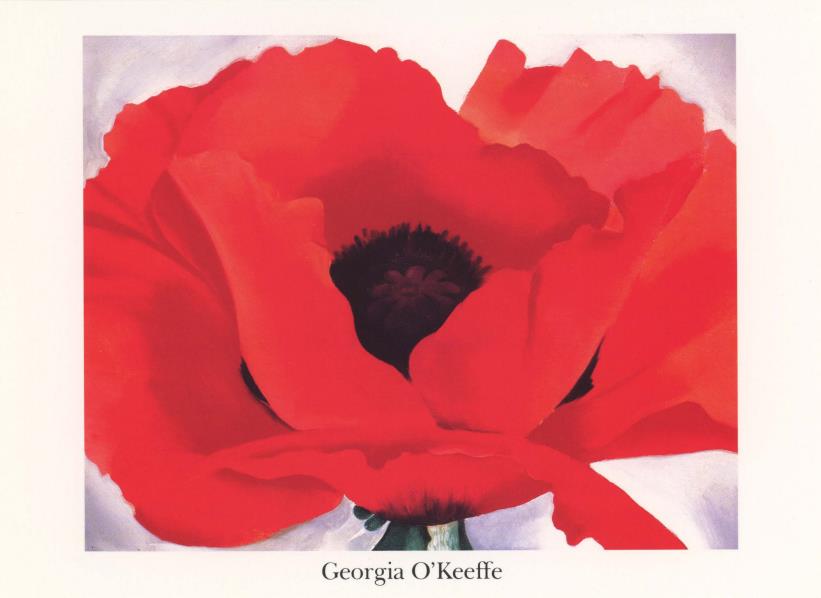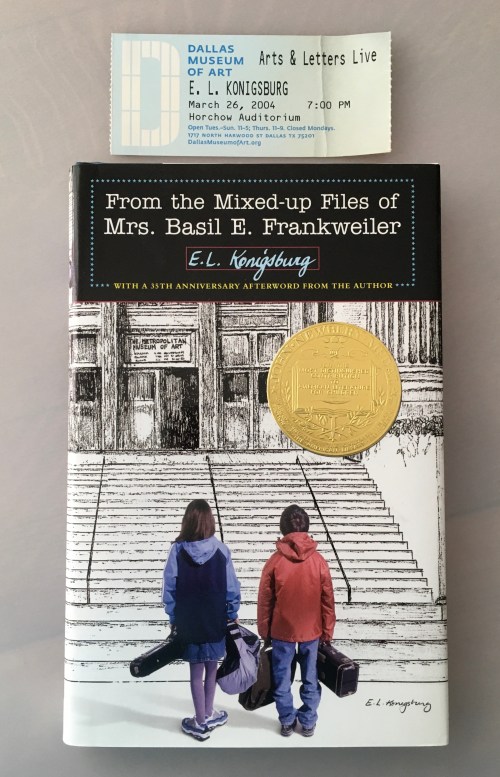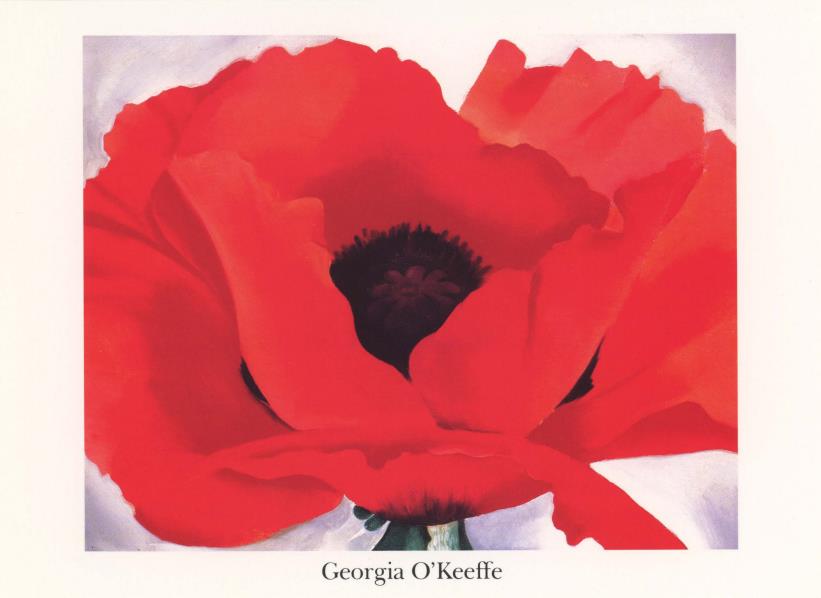As a museum, the DMA has not concentrated, historically, on collecting widely in the fields of medieval European art nor Islamic art. There are interesting works in the collection, however, that connect with Spain and its Islamic past. One of these is a serene work by the American painter Paul Cornoyer (1864–1923), Afternoon Madison Square.

A spectacular tower in the painting, one of New York’s early skyscrapers, reflects the rays of the setting sun in winter. Built at the corner of 26th Street in 1890, it formed part of the Madison Square Garden built by the architectural firm of McKim, Mead and White. Stanford White (1853–1906), the principal architect, built himself an apartment in the tower that must have provided extraordinary views of the city. The tower was inspired by one of the finest architectural survivals from the 12th century worldwide, the minaret of the Almohad mosque in the city of Seville, Spain, known as La Giralda.
Commissioned by the powerful Almohad caliph Abu Ya‘qub Yusuf (r. 1163–1184), who was based on the European side of his cross-continental empire encompassing much of North Africa, the minaret formed part of a superb new congregational mosque. It was one of the few buildings in the medieval Islamic world for which the names of the succession of architects responsible were recorded: Ahmad b. Basho, ‘Ali al-Ghumari, and Abu Layth al-Siqilli. Its original height—some 220 feet—was so tall that it was constructed so that a muezzin, the official who performs the call to prayer, could ascend its interior ramp mounted on a horse. In the 16th century, long after Seville had been conquered by the Castilians and the mosque converted to the city’s cathedral church, a Renaissance bell tower and turret was added, surmounted by a sculpture that turned in the wind, giving the tower the popular name of La Giralda, or the “Revolved.” One can just make out the weather-vane sculpture that is mounted at the summit of the tower in Paul Cornoyer’s painting, a gilded figure of Diana by Augustus Saint-Gaudens that is now at the Philadelphia Museum of Art. Apart from its other historical details, Cornoyer’s painting represents a lost New York vista. The tower was demolished in 1925.
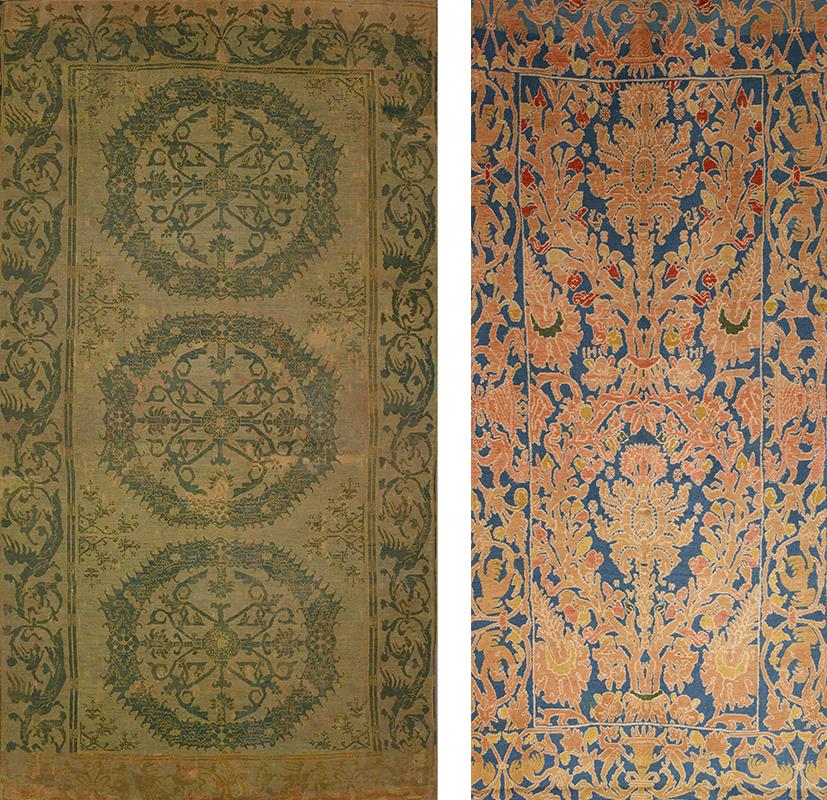
The DMA also has an extraordinary collection of Spanish carpets originally collected by Hungarian publisher Emery Reves and now forming part of the Wendy and Emery Reves Collection. The Reves Collection is displayed, in part, in the wing of the Museum that re-creates the couple’s home in the South of France, Villa La Pausa. These carpets belong to a long tradition of carpet weaving brought to the Iberian Peninsula in the 10th century, possibly by Turkmen families from Central Asia. Spanish carpets are woven, unusually, with knots over single warps, a technique otherwise known principally from the ancient cultures of the Tarim Basin in Western China. By the 16th century, the period to which most of the DMA carpets date, the art of carpet weaving had shifted, in part, from a culturally Morisco (Muslims forced to covert to Catholicism around 1500) cottage industry with designs transmitted from mother to daughter, to one that appears to have been more workshop-based.

The most unusual Spanish rug in the collection is one made entirely of silk. Only one other silk fragment from this period is known, now at the Museum of Islamic Art in Doha, Qatar. The design of the DMA carpet tends toward the Renaissance, with its classicizing swags in the border and floral bouquets in the field forming a lattice pattern. Its colors are now faded—the background would have been a rich red. Most Spanish carpets from this period are made of wool and are believed to have been woven in the region of Murcia and Alicante in southeastern Spain. The expensive silk fibers used in this rug link its commission to the region of Granada, where silk had long been cultivated by Muslim farmers (later Moriscos) in the mountainous Alpujarra region, and possibly to a very high level of patronage.
Dr. Heather Ecker is The Marguerite S. Hoffman and Thomas W. Lentz Curator of Islamic and Medieval Art at the DMA.

